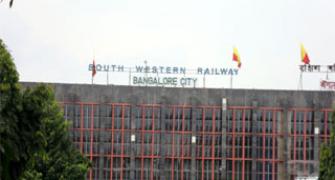 India's plan to grant new banking licences to companies could increase risks in the banking sector given the chance that new entrants could be lax about loan standards, Standard & Poor's said in a report on Tuesday.
India's plan to grant new banking licences to companies could increase risks in the banking sector given the chance that new entrants could be lax about loan standards, Standard & Poor's said in a report on Tuesday.
The Reserve Bank of India (RBI) is cautiously opening up India's banking sector to companies. The RBI awarded two new licences in April after a gap of 10 years in a country where only one household in two has access to formal banking services.
The central bank will come out with fresh set of guidelines for companies applying for on-tap bank licences, or rolling applications that are assessed as they come, in the current fiscal year ending March.
"The sector's stability or risk appetite could be hit if any of the new players relax their underwriting standards or undercut prices to gain market share," said S&P.
The
S&P said it expects gross non-performing loans to rise to 4.5 percent by the end of March 2015 from 4 percent in the previous year.
However, Indian banks fare better on potential economic risks compared with Brazil and China due to a conservative central bank, stringent capital regulations under Basel III, and moderate inflation-adjusted real estate prices, S&P said.
The rating agency recently upgraded the outlook for India's "BBB-minus" rating to "stable" from "negative", citing the prospect of government reforms.










